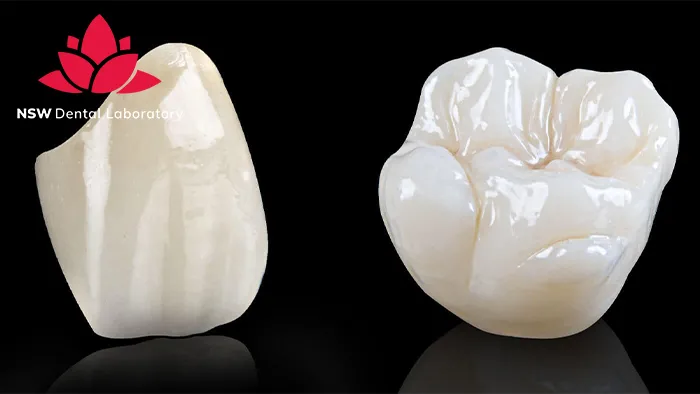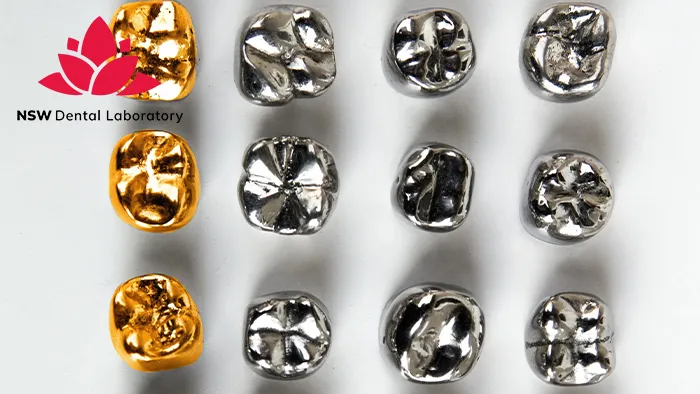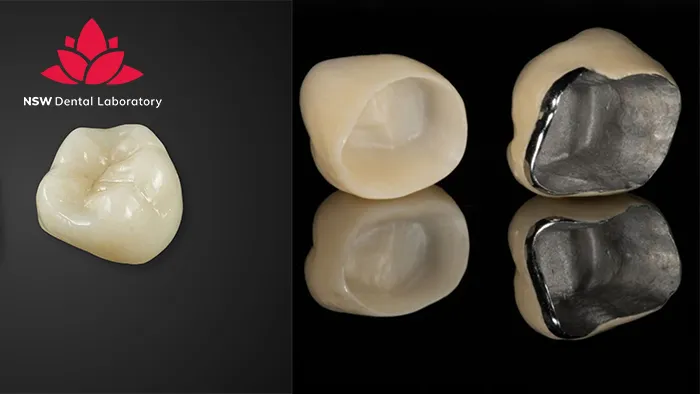Implant Bridge For Front Teeth: Is This The Best Solution Right For You?
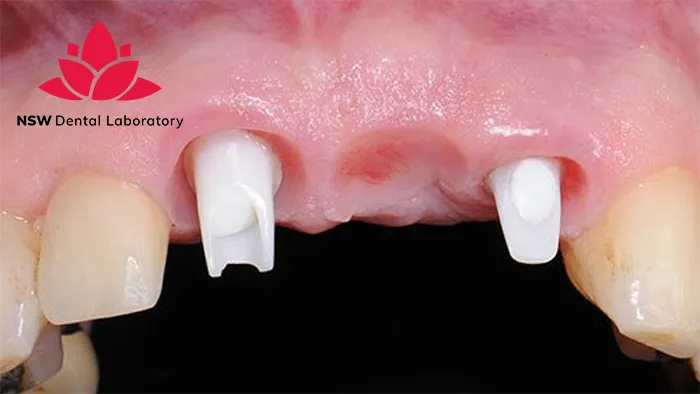
The loss of one or more teeth can significantly impact your quality of life. It not only makes eating and speaking more difficult but also affects your self-confidence, especially in cases involving missing front teeth. When it comes to restoring missing anterior teeth, modern dentistry offers a range of excellent solutions. Among the most advanced and widely used options today is the implant bridge for front teeth—a revolutionary dental procedure that can help you regain not only your confidence but also the natural appearance and functionality of your teeth.
To help you determine whether an implant bridge for front teeth is the right solution for your current condition and needs, we will provide essential information about this treatment option, including its definition, benefits, procedure, and potential alternatives—empowering you to make the most informed decision for your oral health and overall well-being.

The Concept of an Implant Bridge for Front Teeth
An Implant Bridge for Front Teeth is a restoration that spans the gap created by multiple missing teeth in the anterior region of the mouth, typically involving the six upper and six lower front teeth. This type of bridge is securely anchored to dental implants, which act as artificial tooth roots and are surgically placed into the jawbone for stable support.
The implant bridge for front teeth is considered a stable and long-lasting solution, as it combines the advantages of both dental implants and traditional dental bridges. It offers a cost-effective and time-efficient alternative to replacing each missing tooth with a single implant, while still delivering comparable functional and aesthetic outcomes. Moreover, unlike traditional bridges, this method does not require the reduction of healthy adjacent teeth, thereby preserving natural tooth structure and supporting long-term oral health.
Benefits of an Implant Bridge for Front Teeth
Enhanced Aesthetics and Appearance
One of the most noticeable benefits of an implant bridge for front teeth is the restoration of a natural, aesthetically pleasing smile, significantly improving overall appearance. Most implant-supported bridges are crafted from high-quality materials that closely mimic the color, shape, and size of natural teeth, resulting in a seamless and lifelike outcome.
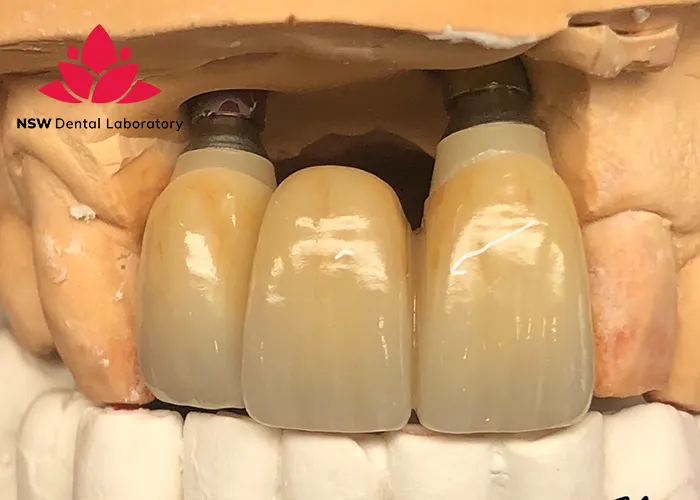
A Stable and Long-Lasting Solution
An implant bridge for front teeth is a permanent dental solution designed to last for many years with proper care. The dental implants are securely anchored into the jawbone, providing exceptional stability and support. This treatment effectively fills the gaps left by missing teeth, preventing the adjacent teeth from shifting over time. Additionally, it helps minimize bone resorption, maintain proper occlusion, and reduce the risk of facial structure changes or deformities that can result from prolonged tooth loss.
Restored Functionality
An implant bridge for front teeth not only enhances the aesthetic appearance of your smile but also restores the essential functions of natural teeth. The bridge enables proper biting and chewing without shifting or movement, significantly improving your overall eating experience. Additionally, it supports proper speech patterns by eliminating speech difficulties that often result from gaps in the anterior teeth.
Alternative Solutions for Missing Front Teeth
Dental Implant
Dental implants are another popular and effective option for replacing missing front teeth. The procedure involves surgically placing a titanium post into the jawbone, which acts as an artificial tooth root. A dental crown is then attached to the implant, creating a permanent and natural-looking replacement tooth. Dental implants offer several advantages, including optimal bone preservation, excellent aesthetics, and ease of maintenance and oral hygiene.
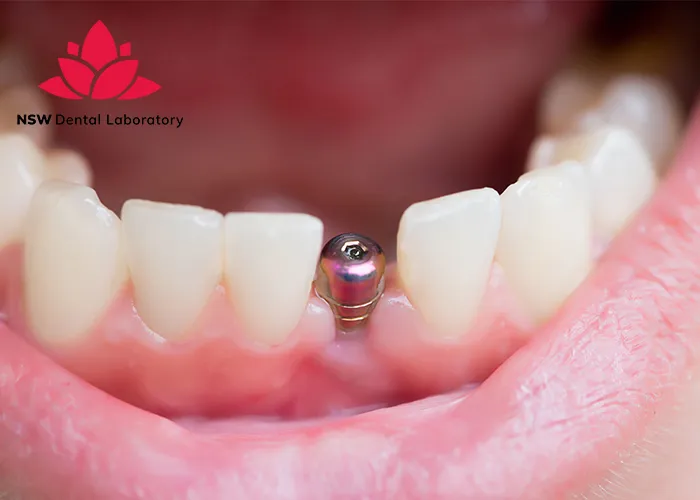
Traditional Dental Bridge
A traditional dental bridge consists of artificial teeth (pontics) connected to dental crowns that are permanently cemented onto the adjacent natural teeth, known as abutment teeth.
Its advantages include the absence of surgical implantation and a lower cost compared to dental implants. However, it also presents disadvantages such as the need to grind down healthy adjacent teeth, potentially increasing the risk of damage or long-term complications to the abutment teeth.
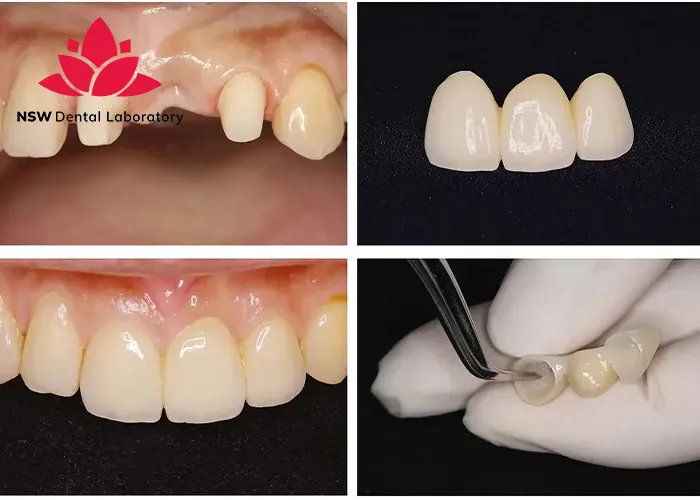
Removable Partial Denture
A partial denture is a removable dental appliance consisting of artificial teeth attached to a gum-colored acrylic base, custom-designed to fit your mouth.
Advantages include low cost, non-invasive treatment that preserves natural teeth, and suitability for patients seeking a short-term or budget-friendly solution.
However, disadvantages include reduced aesthetics compared to fixed options, lack of permanence, and potential inconvenience due to its removable nature.
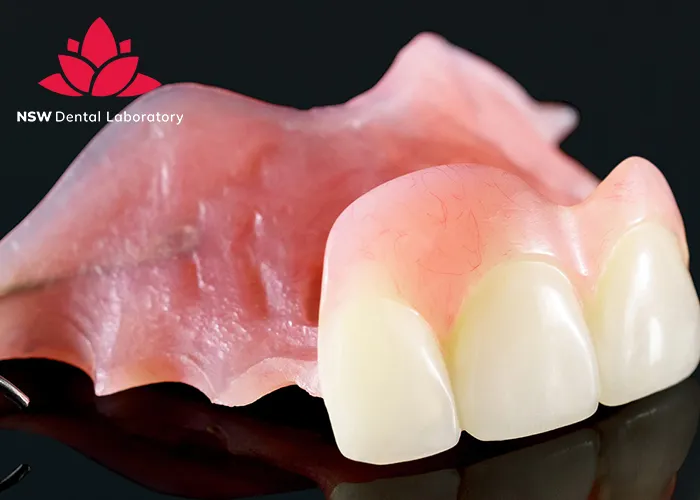
Resin-Bonded Bridge
A resin-bonded bridge consists of an artificial tooth (pontic) that is attached to the adjacent natural teeth using a special dental adhesive resin.
Advantages of this option include minimal alteration to the natural teeth, a relatively quick procedure, and cost-effectiveness.
However, it is less durable than traditional bridges or dental implants, with a higher risk of debonding or displacement. This solution is not suitable in cases involving multiple missing teeth, as it lacks the necessary strength and stability for extensive restoration.
Procedure of Implant Bridge for Front Teeth
Unlike other traditional bridge procedures, the implant bridge for front teeth requires multiple appointments, including implant surgery and bridge placement.
The process begins with an initial consultation where the dentist conducts a comprehensive oral health examination, takes radiographs, and discusses the most suitable treatment options for you. A critical part of this evaluation is ensuring that the implant site has sufficient bone density to support the dental implants.

Once the treatment plan is finalized, the dentist administers local anesthesia and surgically places the dental implants into the predetermined positions. This step may also involve the extraction of any remaining or compromised teeth if necessary. Following surgery, the implants require a healing period to osseointegrate—that is, to fuse with the jawbone. This healing phase typically lasts between three to six months, but can vary depending on the patient’s condition.
After successful osseointegration, the dentist attaches healing abutments to the implants and takes dental impressions. These impressions are sent to the dental laboratory for the fabrication of the implant bridge.
Within one to two weeks, the final implant bridge for front teeth is completed. During the subsequent appointment, the dentist will place the abutments and secure the implant-supported bridge onto the implants, verifying the fit, color, size, shape, and occlusion to ensure optimal aesthetics and function. Finally, the bridge is permanently fixed in place using dental cement or small screws.
Throughout the entire treatment process, regular follow-up visits are essential to monitor healing progress and ensure the best possible outcome.
Summary
Don’t let gaps in your front teeth affect your quality of life and self-confidence. We hope the insights shared in this blog have helped you better understand the benefits and procedure of the Implant Bridge for Front Teeth, as well as other available alternatives. However, the most effective step you can take is to consult your dentist for personalized advice tailored to your specific condition and needs.
We wish you a smooth journey toward restoring your natural smile.

